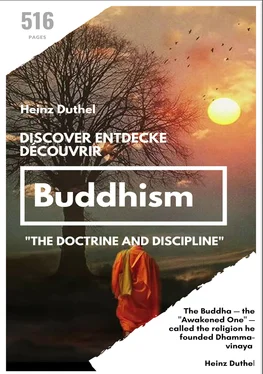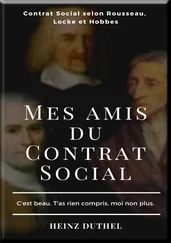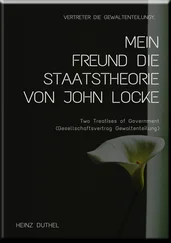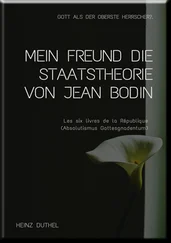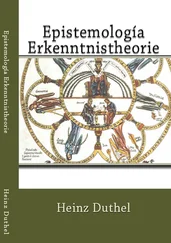Awakening
This first enlightenment experience, known as stream-entry (sotapatti), is the first of four progressive stages of Awakening, each of which entails the irreversible shedding or weakening of several fetters (samyojana), the manifestations of ignorance that bind a person to the cycle of birth and death. Stream-entry marks an unprecedented and radical turning point both in the practitioner's current life and in the entirety of his or her long journey in samsara. For it is at this point that any lingering doubts about the truth of the Buddha's teachings disappear; it is at this point that any belief in the purifying efficacy of rites and rituals evaporates; and it is at this point that the long-cherished notion of an abiding personal "self" falls away. The stream-enterer is said to be assured of no more than seven future rebirths (all of them favorable) before eventually attaining full Awakening.
But full Awakening is still a long way off. As the practitioner presses on with renewed diligence, he or she passes through two more significant landmarks: once-returning (sakadagati), which is accompanied by the weakening of the fetters of sensual desire and ill-will, and non-returning (agati), in which these two fetters are uprooted altogether. The final stage of Awakening — arahatta — occurs when even the most refined and subtle levels of craving and conceit are irrevocably extinguished. At this point the practitioner — now an arahant, or "worthy one" — arrives at the end-point of the Buddha's teaching. With ignorance, suffering, stress, and rebirth having all come to their end, the arahant at last can utter the victory cry first proclaimed by the Buddha upon his Awakening:
"Birth is ended, the holy life fulfilled, the task done! There is nothing further for the sake of this world."
The arahant lives out the remainder of his or her life inwardly enjoying the bliss of Nibbana, secure at last from the possibility of any future rebirth. When the arahant's aeons-long trail of past kamma eventually unwinds to its end, the arahant dies and he or she enters into parinibbana — total Unbinding. Although language utterly fails at describing this extraordinary event, the Buddha likened it to what happens when a fire finally burns up all its fuel.
"The serious pursuit of happiness"
Buddhism is sometimes naïvely criticized as a "negative" or "pessimistic" religion and philosophy. Surely life is not all misery and disappointment: it offers many kinds of happiness and sublime joy. Why then this dreary Buddhist obsession with unsatisfactoriness and suffering?
The Buddha based his teachings on a frank assessment of our plight as humans: there is unsatisfactoriness and suffering in the world. No one can argue this fact. Dukkha lurks behind even the highest forms of worldly pleasure and joy, for, sooner or later, as surely as night follows day, that happiness must come to an end. Were the Buddha's teachings to stop there, we might indeed regard them as pessimistic and life as utterly hopeless. But, like a doctor who prescribes a remedy for an illness, the Buddha offers both a hope (the third Noble Truth) and a cure (the fourth). The Buddha's teachings thus give cause for unparalleled optimism and joy. The teachings offer as their reward the noblest, truest kind of happiness, and give profound value and meaning to an otherwise grim existence. One modern teacher summed it up well: "Buddhism is the serious pursuit of happiness."
Theravada Comes West
Until the late 19th century, the teachings of Theravada were little known outside of southern Asia, where they had flourished for some two and one-half millennia. In the past century, however, the West has begun to take notice of Theravada's unique spiritual legacy in its teachings of Awakening. In recent decades this interest has swelled, with the monastic Sangha from various schools within Theravada establishing dozens of monasteries across Europe and North America. Increasing numbers of lay meditation centers, founded and operated independently of the monastic Sangha, strain to meet the demands of lay men and women — Buddhist and otherwise — seeking to learn selected aspects of the Buddha's teachings.
The turn of the 21st century presents both opportunities and dangers for Theravada in the West: Will the Buddha's teachings be patiently studied and put into practice, and allowed to establish deep roots in Western soil, for the benefit of many generations to come? Will the current popular Western climate of "openness" and cross-fertilization between spiritual traditions lead to the emergence of a strong new form of Buddhist practice unique to the modern era, or will it simply lead to confusion and the dilution of these priceless teachings? These are open questions; only time will tell.
Spiritual teachings of every description inundate the media and the marketplace today. Many of today's popular spiritual teachings borrow liberally from the Buddha, though only rarely do they place the Buddha's words in their true context. Earnest seekers of truth are therefore often faced with the unsavory task of wading through fragmentary teachings of dubious accuracy. How are we to make sense of it all?
Fortunately the Buddha left us with some simple guidelines to help us navigate through this bewildering flood. Whenever you find yourself questioning the authenticity of a particular teaching, heed well the Buddha's advice to his stepmother:
[The teachings that promote] the qualities of which you may know, 'These qualities lead to passion, not to dispassion; to being fettered, not to being unfettered; to accumulating, not to shedding; to self-aggrandizement, not to modesty; to discontent, not to contentment; to entanglement, not to seclusion; to laziness, not to aroused persistence; to being burdensome, not to being unburdensome': You may definitely hold, 'This is not the Dhamma, this is not the Vinaya, this is not the Teacher's instruction.'
[As for the teachings that promote] the qualities of which you may know, 'These qualities lead to dispassion, not to passion; to being unfettered, not to being fettered; to shedding, not to accumulating; to modesty, not to self-aggrandizement; to contentment, not to discontent; to seclusion, not to entanglement; to aroused persistence, not to laziness; to being unburdensome, not to being burdensome': You may definitely hold, 'This is the Dhamma, this is the Vinaya, this is the Teacher's instruction.'
This timeline chronicles some of the significant events and personalities in the evolution of Theravada Buddhism that, in one way or another, figure prominently in the readings found elsewhere on this website. This is not meant to be a comprehensive chronology.
Because the sources I used in constructing this timeline (indicated by {braces} and listed at the end of this document) often assumed different dates for the Buddha's nativity, I have occasionally had to interpolate in order to fit events (particularly the early ones) onto a reasonably consistent timeline. Nevertheless, this chronology should provide a fairly clear picture of the relative sequence of events, if not the absolute dates on which they occurred.
A Sketch of the Buddha's Life
Readings from the Pali Canon
"Indeed, the Blessed One is worthy and rightly self-awakened, consummate in knowledge & conduct, well-gone, an expert with regard to the world, unexcelled as a trainer for those people fit to be tamed, the Teacher of divine & human beings, awakened, blessed."
— AN 11.12
This selection of excerpts from the Pali canon provides a rough outline of the life of the Buddha. I hope you will find enough in this anthology to gain at least an inkling both of the range of the Buddha's teachings and of the sweeping trajectory of his extraordinary life.
For more thorough accounts of the Buddha's life, please see these two excellent anthologies: The Splendour of Enlightenment: A Life of the Buddha (two volumes), compiled by Phra Khantipalo (Bangkok: Mahamakut Rajavidyalaya Press, 1976), and The Life of the Buddha by Bhikkhu Ñanamoli (Kandy: Buddhist Publication Society, 1992).
Читать дальше
